- What Flowers to Sow in February
- 1. Sweet Peas
- 2. Nasturtiums
- 3. Marigolds
- 4. Cosmos
- 5. Zinnias
- 6. Pansies
- 7. Alyssum
- 8. Snapdragons
- 9. Calendula
- 10. Cornflowers
- 11. Poppies
- 12. Sunflowers
- 13. Nigella
- 14. Borage
- 15. Canterbury Bells
- 16. Clarkia
- 17. Love Lies Bleeding
- 18. Larkspur
- Tips for Sowing Flowers in February
- Choosing the Right Annuals for February Sowing
- Best Annual Flowers for February Sowing
- 1. Sweet peas
- 2. Petunias
- 3. Marigolds
- 4. Nasturtiums
- 5. Zinnias
- 6. Cosmos
- 7. Sunflowers
- 8. Alyssum
- 9. Pansies
- 10. Calendula
- How to Prepare Soil for Sowing in February
- Essential Tools for Sowing Flowers in February
- Challenges and Solutions for February Sowing
- Cold Weather
- Limited Sunlight
- Damp and Wet Soil
- Pest and Disease Pressure
- Limited Plant Selection
- Caring for Flowers Sown in February
- 1. Watering
- 2. Fertilizing
- 3. Mulching
- 4. Pruning
- 5. Pest and Disease Control
- 6. Stake and Support
- 7. Deadheading
- 8. Weeding
- Enjoying the Blooms: When to Expect Flowering
- 1. Cosmos
- 2. Marigold
- 3. Zinnia
- 4. Nasturtium
- Questions and Answers:
- What are some annual flowers that can be sown in February?
- Are there any specific care instructions for sowing annual flowers in February?
- Can I sow perennial flowers in February or is it only for annuals?
- What are some benefits of sowing flowers in February?
- Is it necessary to use grow lights when sowing flowers in February?
- Videos: 15 Annual flowers you should grow from seeds. This is why!
February marks the beginning of a new gardening season, and while it may still be chilly outside, it’s the perfect time to start sowing annual flowers. Annuals are plants that complete their life cycle within one year, and they can add a burst of color and beauty to your garden. Sowing annuals in February is a great way to get a head start on the growing season and enjoy beautiful blooms throughout the spring and summer months.
There are many different annual flowers that can be sown in February, and each one has its own unique characteristics and growing requirements. Some annuals are more cold-tolerant and can withstand lower temperatures, while others prefer warmer conditions. It’s important to choose the right annuals for your specific climate and growing conditions.
In this guide, we will explore 18 annual flowers that can be sown in February. From vibrant marigolds to delicate snapdragons, these flowers come in a variety of shapes, sizes, and colors, making it easy to find the perfect ones for your garden. Whether you’re looking to create a colorful border, add some height to your flower beds, or attract pollinators, there is an annual flower that will fit your needs.
What Flowers to Sow in February
In February, it’s time to start sowing seeds for the coming spring and summer months. Here are 18 annual flowers that you can sow during this month:
1. Sweet Peas
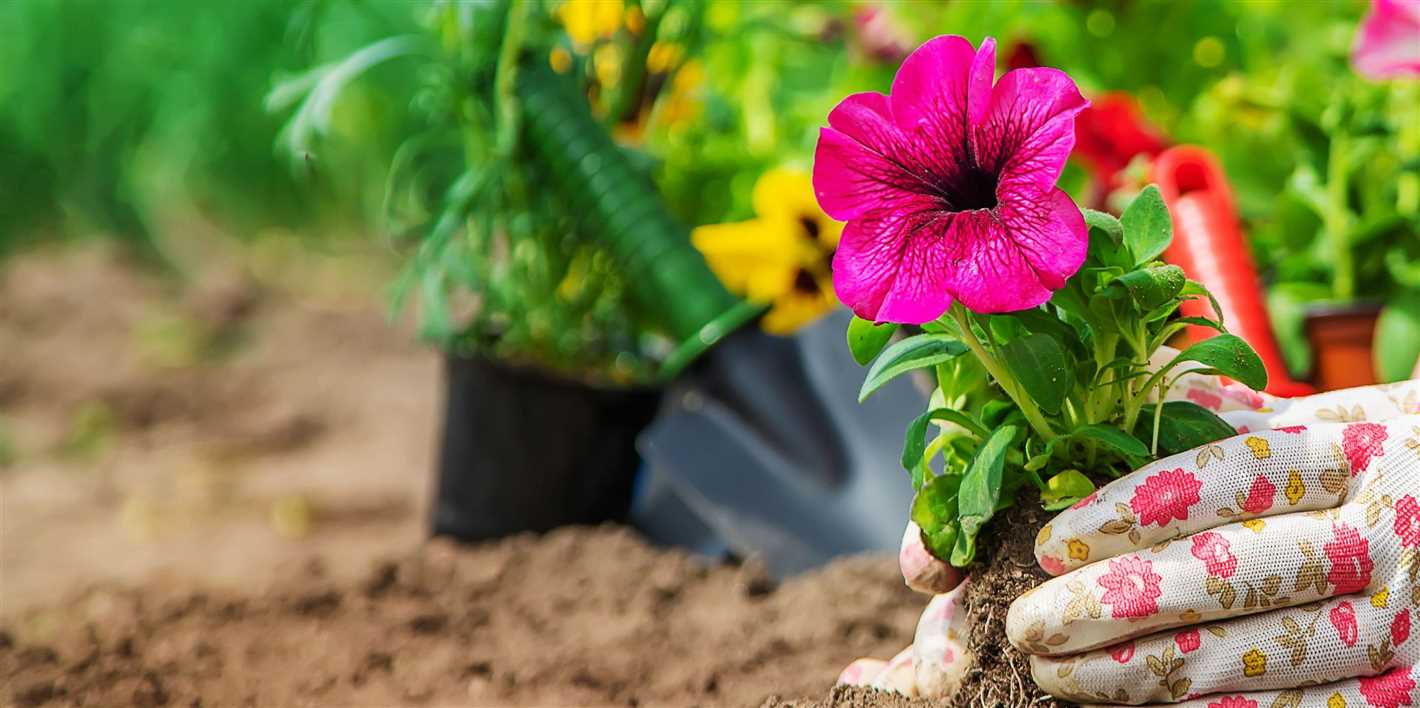
Sweet peas are fragrant flowers that are perfect for climbing up trellises or fences. Sow the seeds in pots or trays and transplant them outdoors once the danger of frost has passed.
2. Nasturtiums
Nasturtiums are easy to grow and come in a variety of colors. Plant the seeds directly in the soil or in pots. They are great for adding color to borders and containers.
3. Marigolds
Marigolds are known for their vibrant orange and yellow flowers. Sow the seeds indoors and transplant them outdoors after the last frost. They are great for repelling pests.
4. Cosmos
Cosmos flowers have delicate, daisy-like blooms in various shades of pink, white, and purple. Sow the seeds directly in the soil or in pots and thin out the seedlings as they grow.
5. Zinnias
Zinnias are hardy flowers that come in a wide range of colors. Sow the seeds indoors and transplant them outdoors after the last frost. They are great for attracting butterflies.
6. Pansies
Pansies are cool-season flowers that come in a variety of vibrant colors. Sow the seeds in pots or trays and transplant them outdoors once the soil has thawed. They are great for adding color to early spring gardens.
7. Alyssum
Alyssum is a low-growing flower that produces clusters of fragrant blooms. Sow the seeds directly in the soil or in pots. They are great for border edges and hanging baskets.
8. Snapdragons
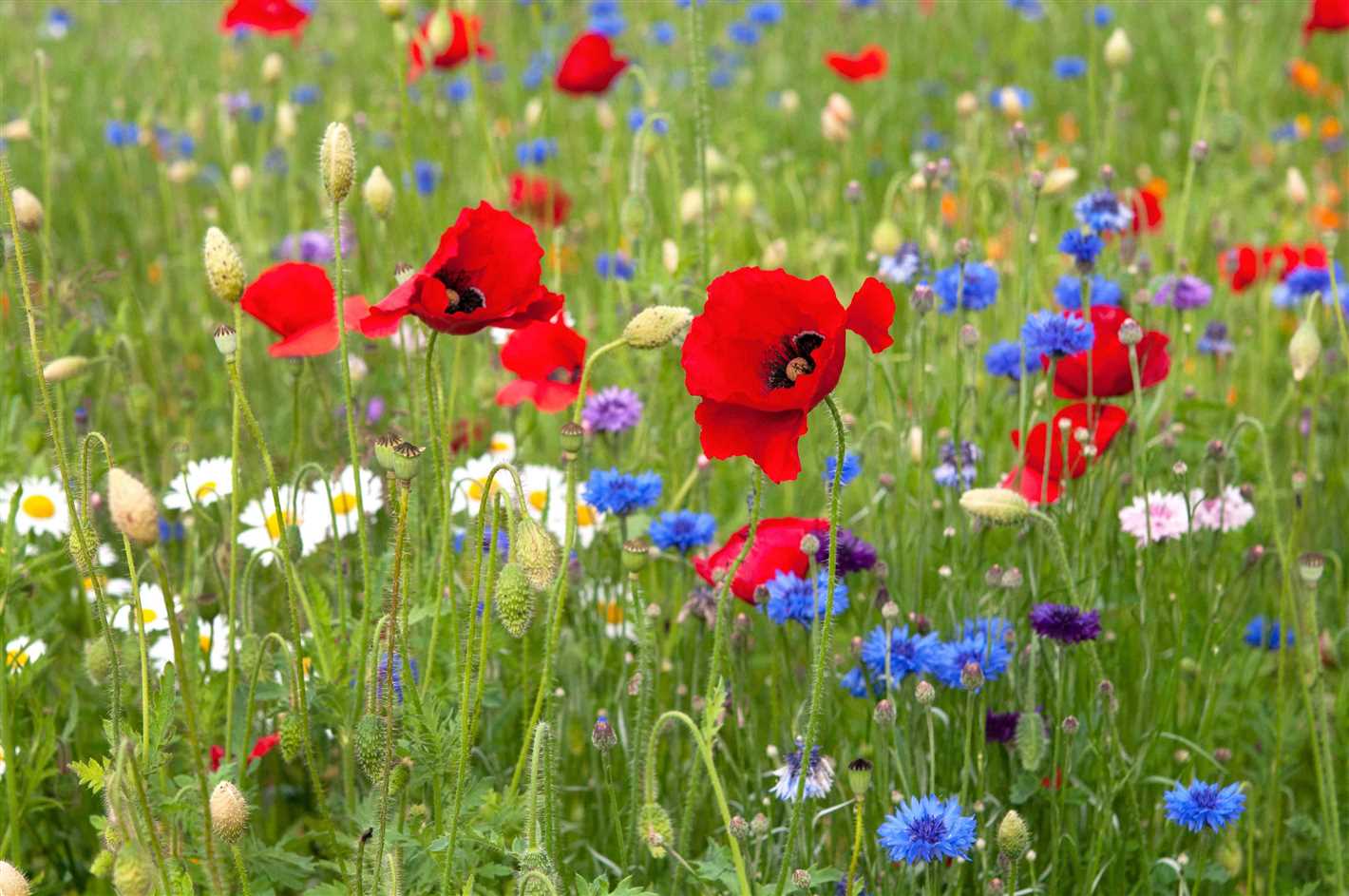
Snapdragons are tall flowers that come in a variety of colors. Sow the seeds indoors and transplant them outdoors after the last frost. They are great for adding vertical interest to flower beds.
9. Calendula
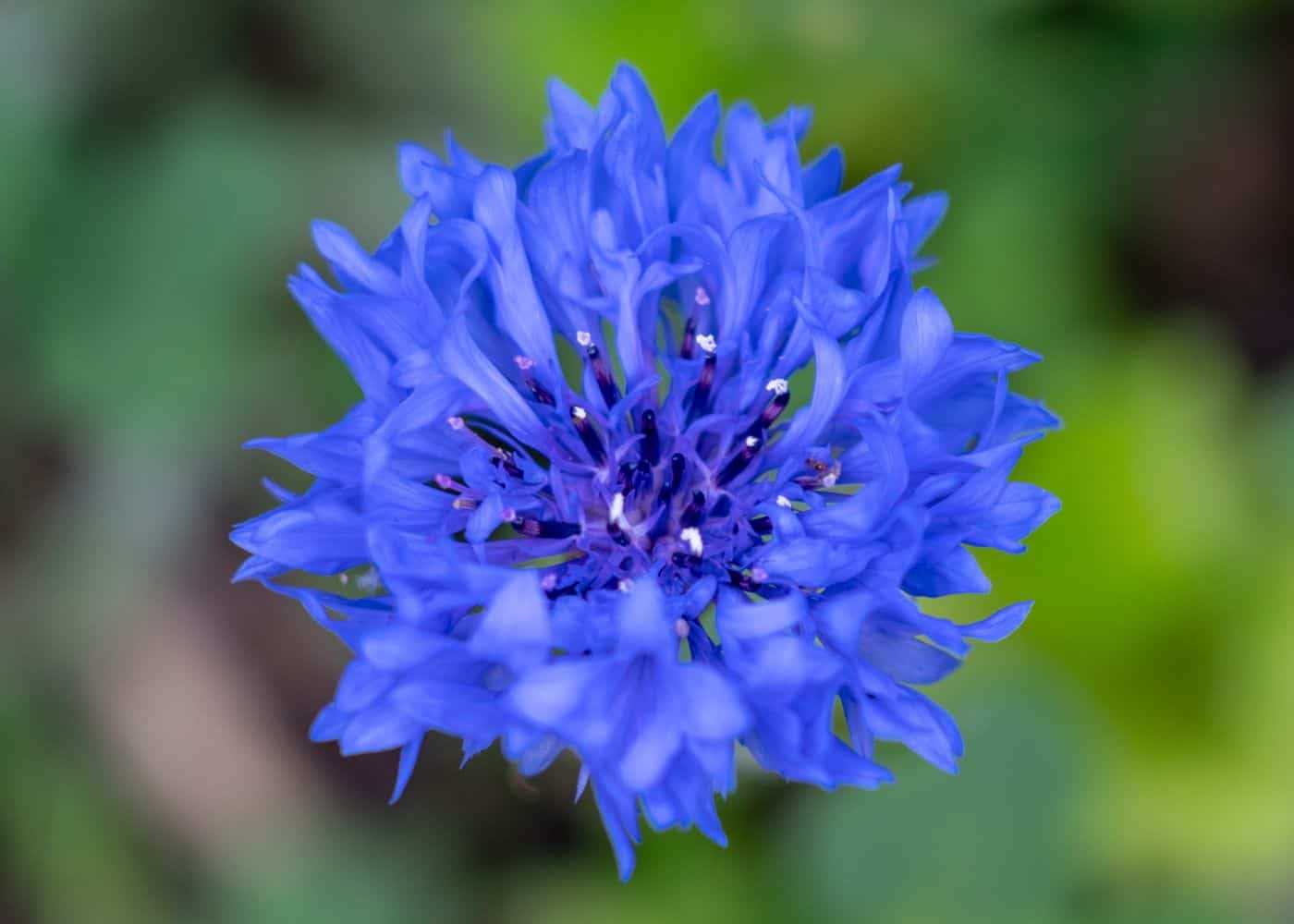
Calendula, also known as pot marigold, is a bright and cheery flower. Sow the seeds directly in the soil or in pots. They are great for attracting bees and other pollinators.
10. Cornflowers
Cornflowers, also known as bachelor’s buttons, have vibrant blue or purple flowers. Sow the seeds directly in the soil or in pots. They are great for cutting and using in floral arrangements.
11. Poppies
Poppies are delicate flowers that come in a variety of colors. Sow the seeds directly in the soil or in pots. They are great for adding a pop of color to any garden.
12. Sunflowers
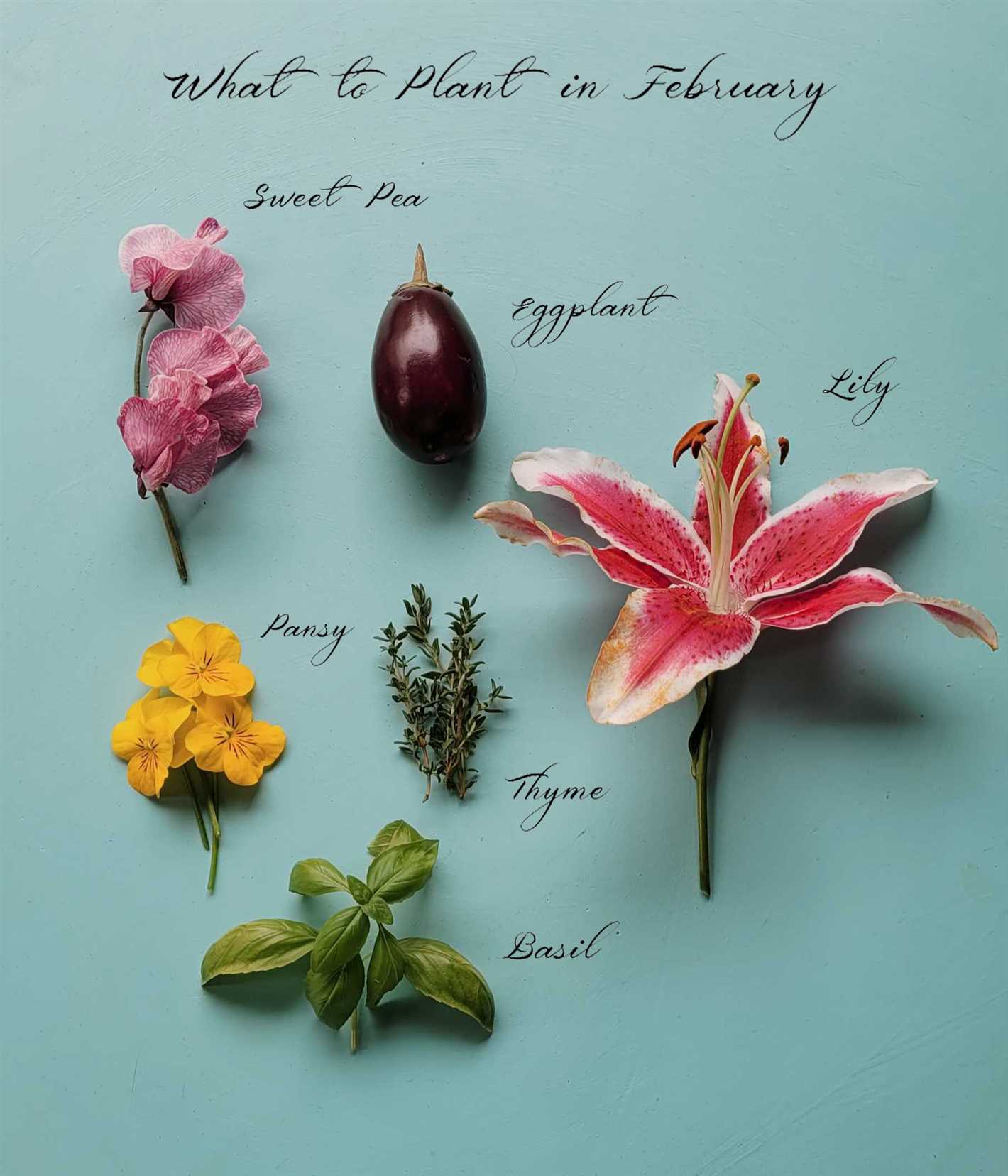
Sunflowers are tall, sun-loving flowers that come in various sizes and colors. Sow the seeds directly in the soil or in pots and thin out the seedlings as they grow. They are great for attracting birds.
13. Nigella

Nigella, also known as love-in-a-mist, has delicate blue or white flowers surrounded by lacy foliage. Sow the seeds directly in the soil or in pots. They are great for cottage gardens.
14. Borage
Borage is a herbaceous plant with beautiful blue flowers. Sow the seeds directly in the soil or in pots. They are great for attracting bees and other beneficial insects.
15. Canterbury Bells
Canterbury bells are tall, bell-shaped flowers that come in various shades of blue, pink, and white. Sow the seeds indoors and transplant them outdoors after the last frost. They are great for cottage gardens.
16. Clarkia
Clarkia is a delicate flower with paper-thin petals in shades of pink, red, and white. Sow the seeds directly in the soil or in pots. They are great for wildflower gardens.
17. Love Lies Bleeding
Love lies bleeding is a unique flower with long, cascading red or purple blooms. Sow the seeds indoors and transplant them outdoors after the last frost. They are great for adding interest to flower beds.
18. Larkspur
Larkspur is a tall flower with spikes of vibrant blue, pink, or white blooms. Sow the seeds directly in the soil or in pots. They are great for cutting and using in floral arrangements.
February is the perfect time to start sowing these annual flowers. Whether you have a garden, a balcony, or a windowsill, these flowers will bring color and beauty to your outdoor space in the coming months.
Tips for Sowing Flowers in February
- Start indoors: Since February is still a cold month in many regions, it is advisable to start sowing flowers indoors. This will provide a controlled environment and ensure that the seeds germinate successfully.
- Choose cool-season flowers: In February, it’s best to focus on sowing cool-season flowers that can withstand lower temperatures. Some options include pansies, snapdragons, and sweet peas.
- Prepare the soil: Before sowing the seeds, make sure to prepare the soil properly. Loosen it with a garden fork or tiller and remove any weeds or rocks. Adding compost or organic matter can also help improve the soil’s fertility.
- Follow seed packet instructions: Each type of flower has specific requirements for sowing, so it’s important to read the instructions on the seed packet. These instructions will guide you on seed depth, spacing, and other important factors.
- Provide adequate light: Once the seeds have germinated, it’s crucial to provide them with enough light. If growing indoors, place them near a sunny window or use artificial grow lights to ensure they receive the necessary light for healthy growth.
- Monitor moisture levels: While it’s important to keep the soil moist during germination, it’s equally essential not to overwater the seeds. Too much moisture can lead to rotting. Use a spray bottle or a watering can with a fine nozzle to gently water the seeds.
- Harden off seedlings: As the seedlings grow and the weather begins to warm up, you will need to gradually acclimate them to outdoor conditions. This process, known as hardening off, involves exposing the seedlings to increasing amounts of sunlight and outdoor temperatures over a period of time.
- Protect from frost: Keep an eye on the weather forecast and protect your young seedlings from frost if necessary. Use frost cloth or cover them with a plastic dome to shield them from cold temperatures.
Sowing flowers in February requires some extra care and attention due to the prevailing weather conditions. By following these tips, you can increase your chances of successful seed germination and grow a beautiful garden of flowers.
Choosing the Right Annuals for February Sowing
If you’re looking to start sowing annual flowers in February, it’s essential to choose varieties that are suitable for this time of year. Below are some annual flowers that can be sown in February:
- Calendula: Also known as pot marigold, Calendula is an easy-to-grow flower that blooms in vibrant shades of orange and yellow. It can be sown directly in the garden or started indoors and transplanted later.
- Viola: Violas are charming flowers that come in a wide range of colors, including shades of purple, yellow, and white. They are perfect for adding a pop of color to your garden beds or containers.
- Nemesia: Nemesia is a versatile flower that produces a profusion of small, delicate blooms in shades of pink, purple, and white. It prefers cool temperatures and is a great choice for early spring planting.
- Alyssum: Alyssum is a low-growing flower that is often used as a ground cover or for edging. It produces clusters of small, fragrant flowers in shades of white, pink, and purple.
If you’re sowing annual seeds indoors, make sure to provide them with a warm and well-lit environment to encourage healthy growth. Once the seedlings have developed a few sets of leaves, they can be gradually acclimated to outdoor conditions and transplanted into the garden.
Remember to check the specific planting instructions for each variety of annual flowers, as some may have specific requirements regarding light, soil, and temperature.
By choosing the right annuals for February sowing, you can get a head start on your garden and enjoy beautiful blooms throughout the spring and summer months.
Best Annual Flowers for February Sowing
February is a great time to start sowing annual flowers as it marks the beginning of spring. Here are some of the best annual flowers you can sow in February:
1. Sweet peas
Sweet peas are fragrant flowers that come in a variety of colors. They are perfect for adding vertical interest to your garden and can be grown along trellises or fences. Sow them indoors in February and transplant them outside once the frost has passed.
2. Petunias
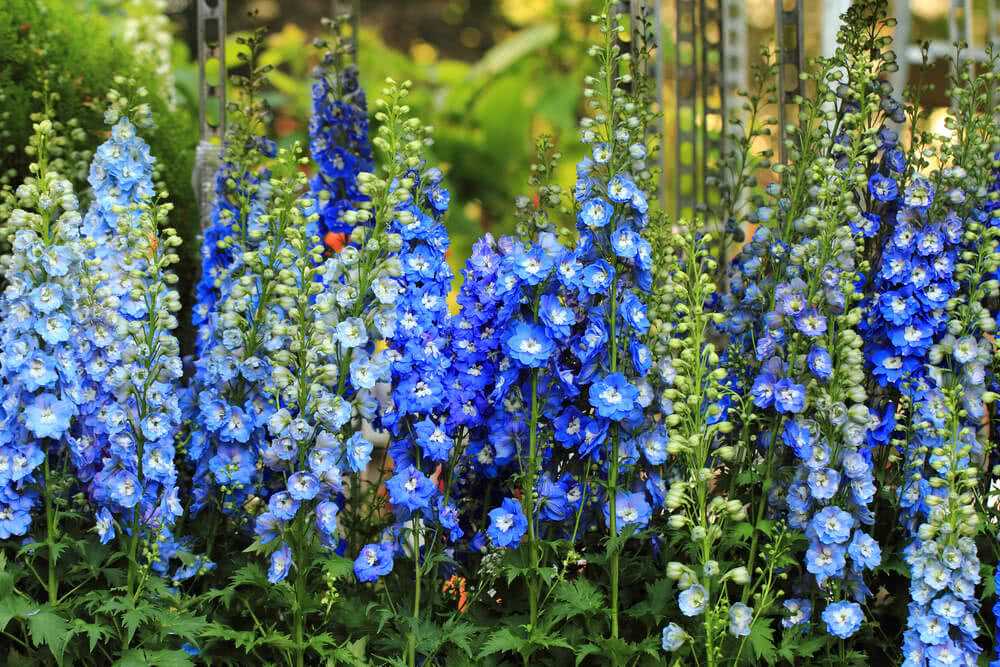
Petunias are popular annual flowers due to their vibrant colors and long-lasting blooms. They do well in containers and garden beds. Start sowing petunia seeds indoors in February and transplant them outside in spring.
3. Marigolds
Marigolds are known for their bright orange or yellow flowers and are excellent for repelling pests. Sow marigold seeds indoors in February and transplant them outside after the last frost.
4. Nasturtiums
Nasturtiums are easy to grow and have bright, colorful flowers that are also edible. Sow nasturtium seeds indoors in February and transplant them outside once the danger of frost has passed.
5. Zinnias
Zinnias come in a variety of colors and have large, showy flowers. They are great for attracting pollinators like butterflies and bees. Start sowing zinnia seeds indoors in February and transplant them outside in spring.
6. Cosmos
Cosmos have delicate, daisy-like flowers in shades of pink, white, and purple. They are easy to grow and attract butterflies and bees to the garden. Sow cosmos seeds indoors in February and transplant them outside after the last frost.
7. Sunflowers
Sunflowers are iconic annual flowers with large, sunny blooms. They are perfect for adding a pop of color to your garden. Start sowing sunflower seeds indoors in February and transplant them outside after the last frost.
8. Alyssum
Alyssum is a low-growing annual with tiny flowers that emit a sweet fragrance. They are great for planting in borders or containers. Begin sowing alyssum seeds indoors in February and transplant them outside in spring.
9. Pansies
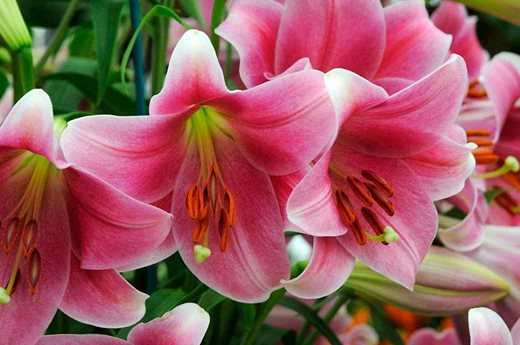
Pansies are cool-season annuals that come in a wide range of colors. They are perfect for adding color to your garden early in the season. Start sowing pansy seeds indoors in February and transplant them outside in early spring.
10. Calendula
Calendula, also known as pot marigold, has bright orange or yellow flowers that are edible and have medicinal properties. Sow calendula seeds indoors in February and transplant them outside after the last frost.
These annual flowers are just a few of the many options available for sowing in February. Each of them will add beauty and color to your garden throughout the year. Happy sowing!
How to Prepare Soil for Sowing in February
Preparing the soil properly is an essential step to ensure successful sowing in February. By creating the right growing conditions, you can encourage strong and healthy plants to thrive. Here are some steps to help you prepare the soil:
- Clear the area: Start by clearing any debris or weeds from the area where you plan to sow your seeds. This will help prevent competition with the newly sown plants.
- Loosen the soil: Use a garden fork or a tiller to loosen the soil. This will help improve aeration and drainage, allowing the roots to grow deeper.
- Remove large stones and rocks: Take the time to remove any large stones or rocks from the soil. These can hinder root development and make it difficult for plants to establish themselves.
- Amend the soil: Depending on the type of soil you have, you may need to amend it with organic matter to improve its fertility and structure. Adding compost, well-rotted manure, or other organic materials can help increase nutrient levels and improve moisture retention.
- Level the soil: After amending the soil, use a rake or a hoe to level the surface. This will create a smooth and even bed for sowing the seeds.
- Test the soil: It’s a good practice to test the soil’s pH level before sowing. Most flowers prefer a slightly acidic to neutral pH range. If the soil is too acidic or alkaline, you may need to adjust it by adding lime or sulfur accordingly.
- Water the soil: Before sowing, water the soil thoroughly to ensure it is evenly moist. This will help the seeds germinate more easily.
- Mark the rows: Use stakes or a string to mark the rows where you will sow the seeds. This will help you keep track of the sown areas and ensure proper spacing.
- Follow seed packet instructions: Finally, refer to the seed packet instructions for the correct sowing depth and spacing requirements for the specific flower seeds you are planting. These instructions will provide guidance on how deep to sow the seeds and how far apart they should be spaced.
By following these steps, you can prepare your soil effectively for sowing in February. Remember to monitor the moisture levels and provide appropriate care as the seeds germinate and the plants grow.
Essential Tools for Sowing Flowers in February
Sowing flowers in February requires some essential tools to ensure successful germination and growth. Here are some tools that you will need:
- Seed trays or pots: These are used to sow the flower seeds. Make sure they have drainage holes at the bottom.
- Seed compost: This is a special type of compost that provides the necessary nutrients and drainage for seedlings.
- Labels: Use labels to mark the different flower varieties you sow. This will help you keep track of them and identify them once they have sprouted.
- Watering can or spray bottle: Use a watering can or spray bottle to water the seedlings gently without disturbing the soil or seeds.
- Propagator or plastic bag: A propagator or plastic bag can create a humid environment that promotes germination. It helps to cover the seed trays or pots after sowing.
- Grow lights or windowsill: Place the seed trays or pots in a bright location, such as a windowsill, or use grow lights to provide sufficient light for the seedlings.
- Heat mat or heated propagator: Some flower seeds require warmth to germinate. A heat mat or heated propagator can provide the necessary temperature.
- Garden tools: Prepare the soil in your garden or flower beds by using garden tools such as a rake, spade, or trowel.
With these essential tools, you’ll be well-equipped to sow flowers in February and kick-start your gardening season.
Challenges and Solutions for February Sowing
Cold Weather
One of the main challenges for sowing in February is the cold weather. Many flowers are not able to withstand frost, so it is important to choose hardy varieties that can tolerate the low temperatures. Some flowers that can be sown in February and are cold-tolerant include pansies, snapdragons, and sweet peas.
Solution: To protect the seeds and seedlings from the cold weather, you can start them indoors or in a greenhouse. This will provide them with the warmth and protection they need to germinate and grow. Once the weather warms up, you can transplant them outdoors.
Limited Sunlight
Another challenge for sowing in February is the limited amount of sunlight. During this time of year, the days are still short and the sunlight is not as intense. This can affect the growth and development of the seeds and seedlings.
Solution: To ensure that the seeds and seedlings receive enough sunlight, you can place them in a south-facing window or use artificial grow lights. This will provide them with the necessary light energy for photosynthesis and healthy growth.
Damp and Wet Soil
In February, the soil can be damp and wet, which is not ideal for sowing seeds. Excess moisture can lead to the rotting of seeds and the damping-off of seedlings.
Solution: To overcome this challenge, it is important to prepare the soil before sowing. Make sure the soil is well-drained and not waterlogged. You can mix in organic matter, such as compost or peat moss, to improve the drainage. Additionally, you can cover the soil with a layer of mulch to prevent excessive moisture retention.
Pest and Disease Pressure
During February, pests and diseases can be a major challenge for sown flowers. Some common pests include slugs, snails, and aphids. Diseases such as powdery mildew and damping-off can also affect the growth of the plants.
Solution: To minimize pest and disease pressure, it is important to practice good garden hygiene. Remove any diseased plants or plant parts promptly. Keep the garden clean and free of debris. Additionally, you can use organic pest control methods, such as handpicking pests or using insecticidal soaps, to prevent and control infestations.
Limited Plant Selection
In the month of February, the selection of flowers that can be sown is more limited compared to other times of the year. Many flowers require warmer temperatures and longer days to thrive.
Solution: To overcome this challenge, you can focus on sowing cold-tolerant annuals that can withstand the cooler temperatures. Consider flowers such as primroses, violas, and calendula. These flowers are more suited for sowing in February and will provide color and beauty to your garden.
Caring for Flowers Sown in February
Once you have sown your flowers in February, it is important to provide them with proper care to ensure they thrive and grow into healthy plants. Here are some tips for caring for your flowers:
1. Watering
Water your flowers regularly, especially during dry spells. It is important to keep the soil consistently moist but not waterlogged. Check the moisture level by sticking your finger into the soil. If it feels dry, it’s time to water.
2. Fertilizing
Feed your flowers with a balanced fertilizer to provide them with the necessary nutrients. Follow the instructions on the fertilizer package for application rates and frequency. Avoid over-fertilizing, as this can lead to burnt roots.
3. Mulching
Apply a layer of mulch around your flowers to help retain moisture, suppress weed growth, and regulate soil temperature. Organic materials such as compost, straw, or wood chips make excellent mulch options.
4. Pruning
Regularly prune your flowers to promote bushy growth and remove any dead or damaged stems. This will also encourage the plants to produce more flowers. Use clean and sharp pruning shears to make clean cuts.
5. Pest and Disease Control
Keep an eye out for common pests and diseases that may affect your flowers. Inspect the plants regularly and take action at the first sign of infestation or disease. Use organic pest control methods whenever possible to minimize harm to beneficial insects.
6. Stake and Support
As your flowers grow taller, they may require staking or support to prevent them from falling over or being damaged by strong winds. Use garden stakes, trellises, or cages to provide support and help maintain their upright position.
7. Deadheading
Remove faded or spent flowers regularly through a process called deadheading. This will encourage the plants to produce more blooms and extend their flowering period. Pinch off or cut the dead flowers just above a set of healthy leaves.
8. Weeding
Keep the area around your flowers free from weeds, as they can compete for nutrients and water. Regularly remove any weeds by hand or use organic weed control methods to prevent them from taking over and smothering your flowers.
By providing your flowers with the proper care they need, you can enjoy a beautiful and thriving garden throughout the growing season.
Enjoying the Blooms: When to Expect Flowering
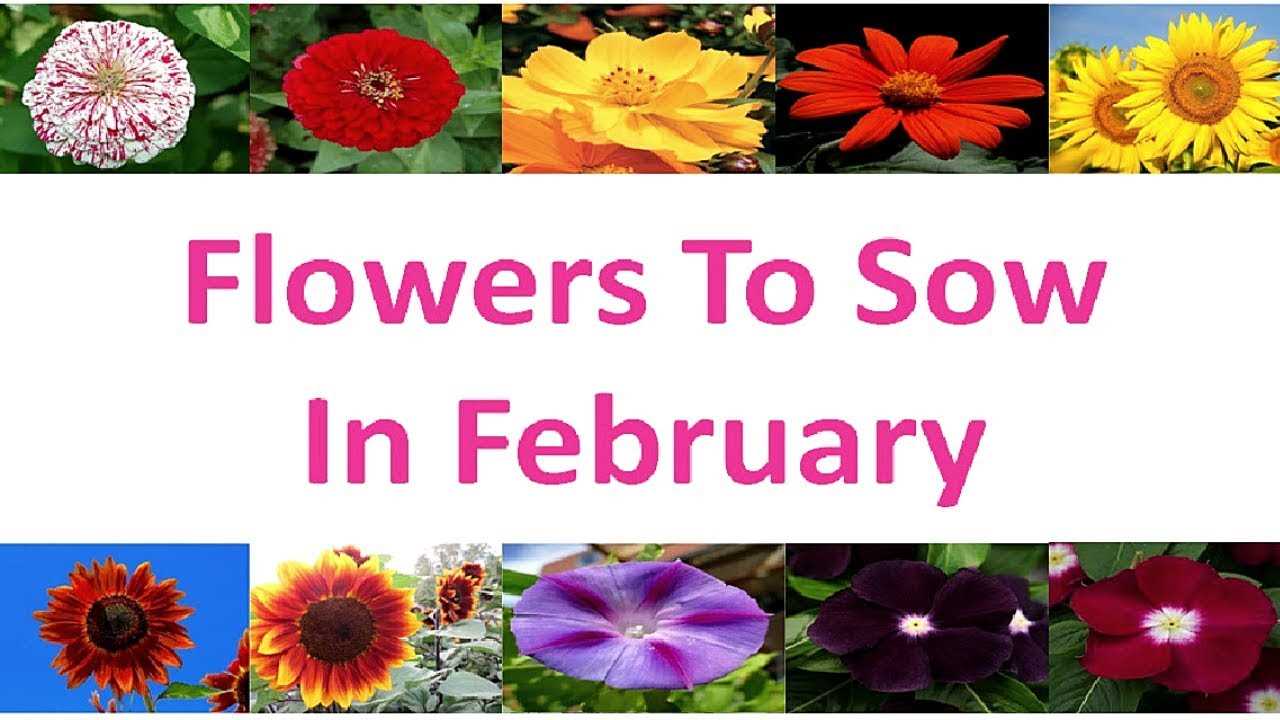
After sowing your annual flower seeds in February, it’s natural to wonder when you can expect to see them in full bloom. The time it takes for flowers to bloom can depend on various factors such as the specific flower species, growing conditions, and climate. However, here are some estimated timelines for when you can expect to enjoy the blooms of the annuals sown during the month of February:
1. Cosmos
Cosmos flowers typically bloom approximately 8-10 weeks after sowing. So, if you sowed them in early February, you can expect to see their vibrant blooms by late April or early May.
2. Marigold
Marigolds usually take around 6-8 weeks to flower after sowing. This means that if you planted marigold seeds in February, you can anticipate seeing their bright and cheerful blooms around late March or early April.
3. Zinnia
Zinnias are known for their beautiful and colorful blooms, which usually appear around 6-8 weeks after sowing. If you planted zinnia seeds in February, you can expect their full bloom to grace your garden around late March or early April.
4. Nasturtium
Nasturtiums are fast growers and typically begin blooming within 6-8 weeks after sowing. If you sowed nasturtium seeds in February, you can look forward to enjoying their vibrant and edible flowers by late March or early April.
…
- 9. Agrostemma
- 10. Love-in-a-Mist
- 11. Larkspur
- 12. Four O’Clocks
- 13. California Poppy
- 14. Alyssum
…
| Annual Flowers | Time to Bloom (approx.) |
|---|---|
| Cosmos | 8-10 weeks |
| Marigold | 6-8 weeks |
| Zinnia | 6-8 weeks |
| Nasturtium | 6-8 weeks |
Questions and Answers:
What are some annual flowers that can be sown in February?
Some annual flowers that can be sown in February include petunias, marigolds, zinnias, cosmos, and snapdragons.
Are there any specific care instructions for sowing annual flowers in February?
Yes, it’s important to start the seeds indoor in trays or pots and provide them with adequate light and warmth. They should be watered regularly and transplanted into the garden once the danger of frost has passed.
Can I sow perennial flowers in February or is it only for annuals?
While February is a good time to start many annuals from seed, perennial flowers are typically better to sow in late winter or early spring, depending on the specific plant.
What are some benefits of sowing flowers in February?
Sowing flowers in February allows for an early start to the growing season and can result in earlier blooms. It also gives the plants a longer growing period, which can lead to healthier and more robust plants.
Is it necessary to use grow lights when sowing flowers in February?
Using grow lights can be beneficial when sowing flowers in February. The natural sunlight during this time of year may not be sufficient for strong seedling growth, so providing supplemental light can help ensure healthy and vigorous plants.







